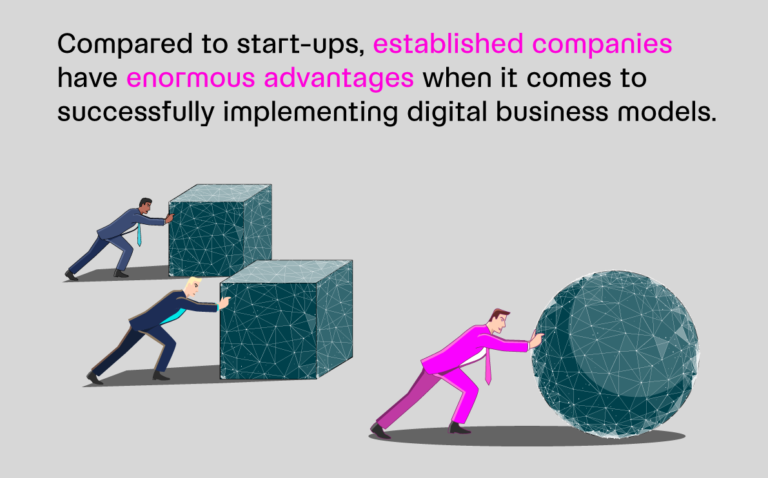When you decide to develop a digital product, you are immediately faced with thousands of different decisions. The first critical choice you need to make is what type of agile development approach will you use to create your minimum viable product (MVP)?
Should you use Scrum or Kanban? Does it matter?
The way you organize your development efforts will directly affect the product you release into the world. To make the right decision for your team, you need to collect some data. You need to understand the strengths and weaknesses of both Scrum and Kanban. You also need to understand the personalities of your team.
What Scrum Does Best
The Scrum methodology is popular because it is an excellent way to help teams complete complex projects quickly and efficiently. Progress is constantly measured, and costs can be carefully controlled.
However, there are some weaknesses to the Scrum methodology. Scrum only works with teams built with individuals committed to collaboration. Quality control can be an issue because of the rapid development pace.
Advantages of Kanban
Kanban shares many of the same goals as Scrum. It is the Japanese word for billboard and stems from Toyota, who was first using it to track their production within a factory. They are both agile development frameworks driven by efficiency that break projects into smaller parts.
However, Kanban is much more flexible than Scrum. It allows for specialists. Kanban also tends to be driven more by specific events in the development process rather than time. Testing and quality control are more central to the Kanban methodology.
The major weaknesses of Kanban are that development can take longer, and it’s easier for a team to overcomplicate a project. The lack of timeframes can also lead to a more expensive development process.
Your Team
When choosing an agile development strategy, you have to consider the makeup of your team. If you have a group of people who don’t mix well and are used to working in isolation, Scrum is going to be a tough sell. Kanban, with its ability to utilize specialists, may work better.
However, if you have a team of people who enjoy cooperation, and everyone is committed to your vision, Scrum will be a natural fit.
Using Both Kanban and Scrum at Different Stages of Agile MVP Development
What should you do when you need to choose an agile development strategy for your MVP? Being engineers, here at Venture Leap, we use the best of both methodologies.
We favor Scrum for the initial development of the MVP, and for large, additional modules. The primary strengths of Scrum are that its plannable, structured, and measurable. If you use Scrum, you are much more likely to get your MVP shipped on time and on budget.
It may not be perfect, but it will be profitable.
In the later stages of the development process, we switch to Kanban. Kanban is a superior fit for developing a product that can scale and is more polished because it’s flexible and allows greater use of specialists. It’s also easier to ensure quality control, which is critical when you’re taking your MVP and creating a flagship project.
Now it’s time for you to make a decision. How are you going to move forward? If you want to learn more about the Venture Leap MVP development process, you can contact us here.




